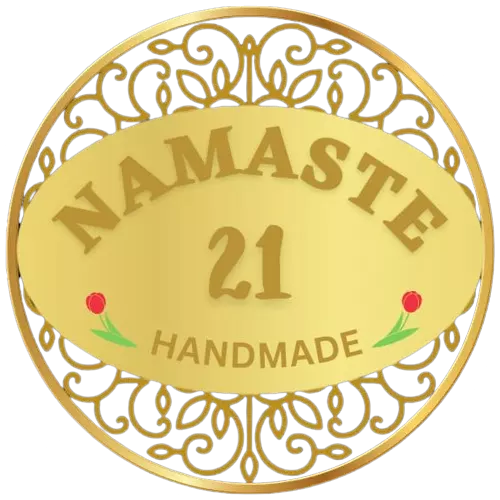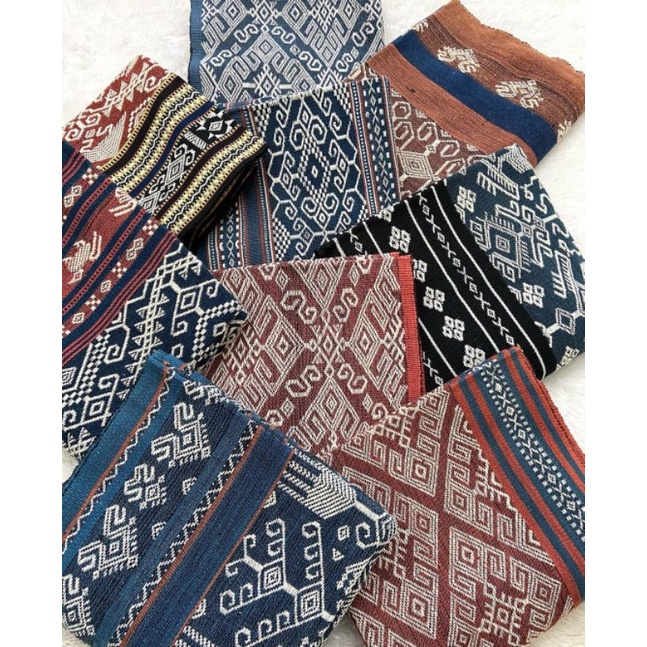Indonesia, as a country rich in cultural diversity, arts, and traditions, possesses an extraordinary cultural heritage. One of the cultural treasures worthy of appreciation is the art of traditional weaving, including the renowned Pahikung. Pahikung weaving is a cultural gem originating from the Kaili region in Central Sulawesi, Indonesia.
Brief History
Pahikung weaving has a deep-rooted history, integral to the life of the Kaili community. The process of weaving has been passed down through generations, reflecting the beauty and local wisdom.
Raw Materials and Weaving Techniques
Pahikung is woven using cotton as the primary material. Natural colors such as red, blue, and yellow are derived from extracts of natural dyes found in plants and roots. The creative combination of these colors creates a unique and captivating palette.
The weaving technique of Pahikung has its own distinctiveness. The weaving process is done manually using traditional looms called “tatelekan.” Artisans often incorporate geometric patterns or natural motifs inspired by daily life, providing a distinctive identity to Pahikung creations.
Meaning and Symbolism
Each motif in Pahikung weaving carries its own meaning and symbolism. Some motifs may represent daily life, myths, or even cultural values highly revered by the Kaili community. The profound meanings elevate each Pahikung weaving beyond mere textile products, turning them into works of art rich in cultural values and local wisdom.
Social and Economic Roles
Pahikung weaving is not just a cultural tradition; it plays a significant economic role in the community. Women, as the primary weavers, contribute not only to preserving traditions but also to the economic well-being of families and communities. Increased appreciation for Pahikung weaving can support the sustainability of the local economy.
Preservation and Development
Despite being a rich cultural heritage, Pahikung weaving faces preservation challenges. Preservation and development efforts involve various stakeholders, including government bodies, cultural institutions, and local communities. Supporting training, marketing, and promotion can ensure the continuous growth and recognition of Pahikung weaving at the national and international levels.
Conclusion
Pahikung weaving reflects not only artistic beauty but also embodies cultural values and local wisdom. By supporting the production and preservation of Pahikung weaving, we actively contribute to the preservation of Indonesia’s cultural richness. As consumers, showing appreciation for Pahikung weaving means participating in the safeguarding of a cultural legacy with beauty and profound meanings.

